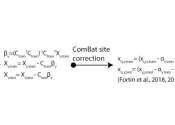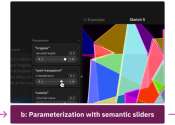New composite decking could reduce global warming effects of building materials
Buildings and production of the materials used in their construction emit a lot of carbon dioxide (CO2), a potent greenhouse gas that contributes to global warming and climate change. But storing CO2 in building materials ...
Mar 18, 2024
0
46









